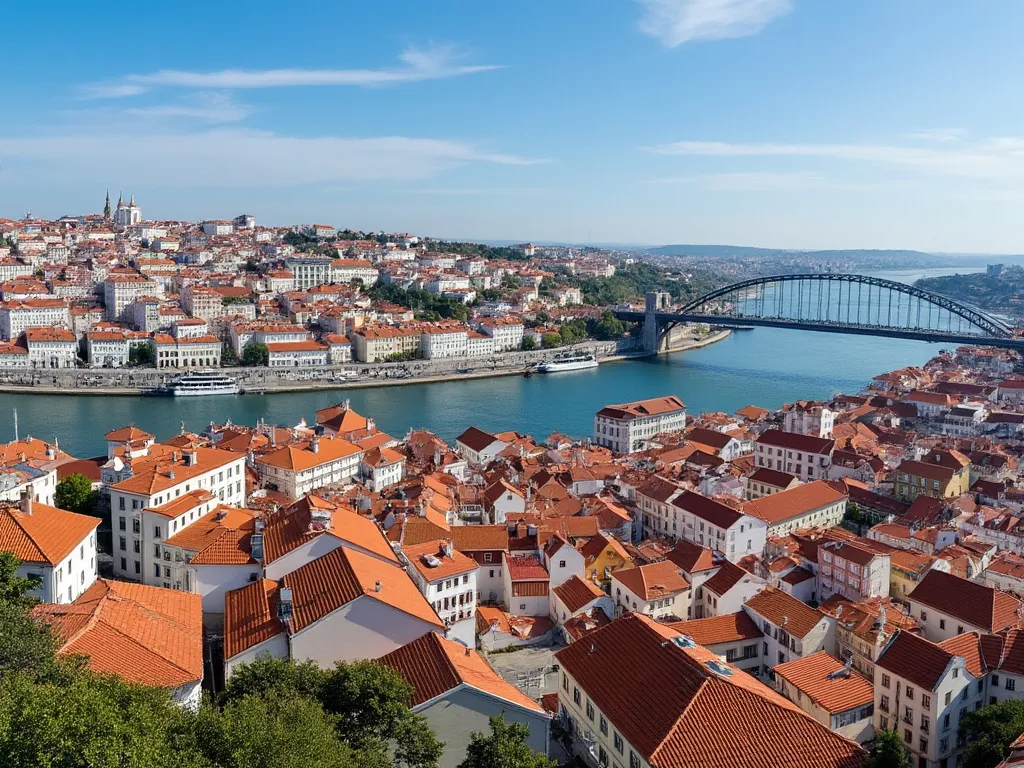
Lomé, la capital y ciudad más grande de Togo, es una metrópolis bulliciosa que encarna la rica herencia cultural y el ambiente vibrante del país. Ubicada en el Golfo de Guinea, Lomé tiene una larga historia que se remonta al siglo XVIII, cuando era un pequeño pueblo de pescadores.
Información sobre Lomé
| País | 🇹🇬 Togo |
| Población | 837,437 (estimación 2020) |
| Coordenadas | 6.1379° N, 1.2128° E |
| Área | 90 km² (35 mi²) |
| Clima | Clima de sabana tropical |
| Idioma | Francés (oficial), Ewe y otros idiomas locales |
| Moneda | Franco CFA de África Occidental (XOF) |
| Zona horaria | GMT (UTC+0) |
| Proximidad a otras ciudades importantes | Aprox. 150 km (93 mi) de Accra, Ghana; aprox. 600 km (373 mi) de Cotonú, Benín |
Antecedentes históricos de Lomé
La ubicación estratégica de Lomé la convirtió en un lugar atractivo para los colonizadores europeos, y en 1884 se convirtió en un protectorado alemán. Después de la Primera Guerra Mundial, Togo fue mandado a Gran Bretaña, y Lomé siguió siendo la capital. La ciudad experimentó un crecimiento significativo durante el período colonial, con el establecimiento de infraestructura, incluyendo carreteras, puertos y edificios administrativos.
Ubicación geográfica de Lomé
Lomé está situada en la parte sureste de Togo, en el Golfo de Guinea. La ubicación costera de la ciudad ha contribuido a su importancia como un importante puerto y centro comercial. El paisaje circundante se caracteriza por bosques tropicales y sabanas, con las Montañas de Togo al norte.
Significado cultural de Lomé
Lomé es un crisol de culturas, con una mezcla de influencias africanas, europeas y asiáticas. La ciudad es conocida por sus vibrantes mercados, donde los visitantes pueden encontrar una variedad de artesanías locales, textiles y gastronomía. El Museo Nacional de Togo, ubicado en Lomé, muestra la historia y el patrimonio cultural del país.
Importancia económica de Lomé
Lomé es el centro económico de Togo, con una economía diversa basada en el comercio, la manufactura y los servicios. El puerto de la ciudad es uno de los más concurridos de África Occidental, manejando carga y contenedores para la región. La ciudad también es un importante centro de producción de algodón, café y cacao.
Datos interesantes sobre Lomé
- Lomé alberga la Universidad de Lomé, una de las universidades más grandes de África Occidental.
- La ciudad tiene una vibrante escena musical, con una mezcla de estilos tradicionales y modernos.
- Lomé es un importante centro de producción de artesanías tradicionales, incluyendo tallas de madera y textiles.
Atracciones turísticas en Lomé
- El Museo Nacional de Togo, que muestra la historia y el patrimonio cultural del país.
- El Gran Mercado de Lomé, donde los visitantes pueden encontrar una variedad de artesanías locales y gastronomía.
- La Catedral de Togo, una hermosa catedral católica construida a principios del siglo XX.
Conclusión sobre Lomé
En conclusión, Lomé es una ciudad que encarna el espíritu de Togo y África Occidental. Su rica herencia cultural, ambiente vibrante e importancia económica la convierten en un destino fascinante para los visitantes y una orgullosa capital para el pueblo togolés.
 Londres
Londres
 Luanda
Luanda
 Lisboa
Lisboa
 Liubliana
Liubliana